Understand the water resistance of your watch
Understanding the water resistance of watches can be a hard task. When you plan to buy a new timepiece, you sometimes wonder about the way you will use it... “Will I be able to wash my hands with my watch on my wrist?”, "Can I wear my watch in the rain or in the shower, am I allowed to swim with my watch?”…
To answer this question, we need to look at the water resistance of the watch and understanding what information you have in front of your eyes first.
First of all, it is essential to give a definition of water resistance. In the world of watchmaking, water resistance can be defined as the pressure that a timepiece can withstand and its ability to keep liquids or gasses out. This water resistance is supposed to protect the watch from water (not all the time), dust, humidity, sweat...
To measure the water resistance of a watch, we can use several units, the meter (m), the feet (ft), the bar (bar) or the atmosphere (ATM for Atmosphere Normal)... While knowing that 1 BAR is approximately equal to 1 ATM itself approximately equal to 10m.

The pressure that a watch can support is directly linked to the pressure that water can apply on it. This limit value is indicated on the dial and/or on the case back.
At Atelier Jalaper all the timepieces from the Aston Martin DB5 collection are waterproof to 3ATM, allowing you to ensure its water resistance in the style for which it is intended... Elegance. You will find this information on the sapphire caseback that reveals the movement, as on this AJ001-S. This watch has been designed and thought to be worn with leather straps which, by nature, do not go in water.
The mistake not to make is to consider that the water resistance of your watch is valid in all contexts... Indeed, the water resistance tests of the watchmakers are carried out in a static way under normal conditions. However, when swimming in a river, the 50m of water resistance of your watch will not be enough... Indeed, because of the flow and the temperature of the water, the pressure on your watch will be much higher than 5ATM. This additional pressure phenomenon is none other than the dynamic pressure.
30m → Your timepiece will resist moisture, splash, rain and sweat.
50m → Withstands reasoned use in water, such as in a bath, or if you're swimming in a pool...
100m → With a timepiece with this water resistance, you can do all water sports activities that are not extreme. The limit not to be exceeded is deep water diving.
200m → You can scuba dive but without saturation levels.
300m → Water resistance suitable for deep water diving with saturation levels.
To summarize everything we've said, you'll find a table illustrating the allowed activities according to the water resistance of your timepiece:

Did you know that?
To qualify more officially the water resistance of a watch, there are two standards since the 90s :
- The ISO 2281 standard: This standard is affixed when a timepiece has validated the tests of a watch that can be used while swimming or bathing. It is then said that they are waterproof.
- The ISO 6425 standard: "It applies to diving watches designed to withstand a dive in water to a depth of at least 100 m and to indicate the dive time by means of a secure measuring system, visible in the dark."
Our little tips when you want to wear your timepiece in or near water:
- Avoid wearing a leather or fabric strap in the water... You could damage it. Choose a steel bracelet or a rubber band
- If your watch has a screw down crown, it is a plus to swim with it. It will give you extra security once you are in the water.
- Do not use the crown of your timepiece or the buttons of your chronograph under water.
- If you don't use your timepiece in salt water, remember to rinse it with clean water when you are finished.
- Remember to have the water resistance of your watch checked every 3 to 5 years, or even more in the case of signs of water ingress.







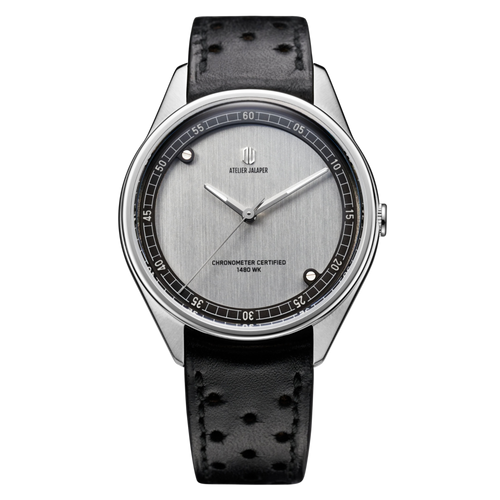
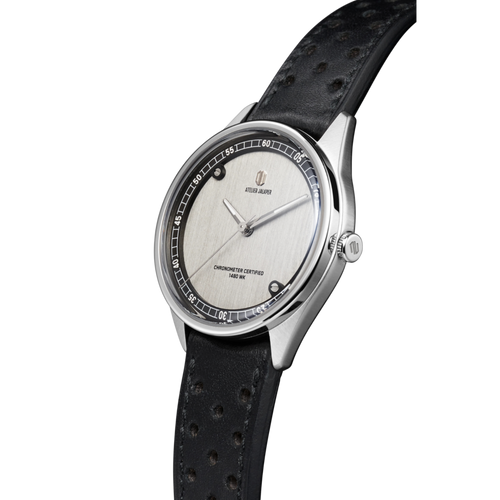
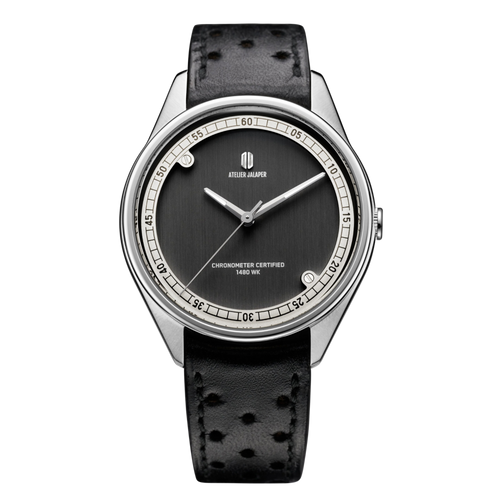
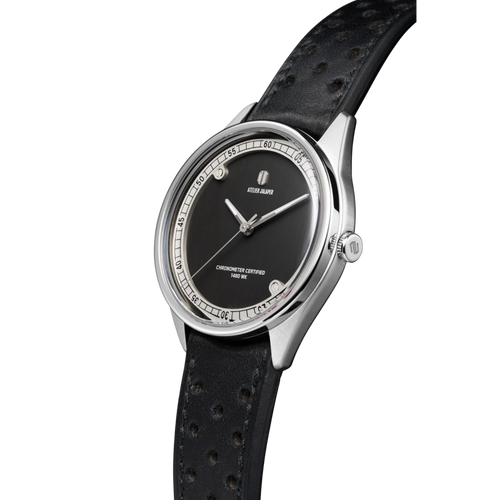
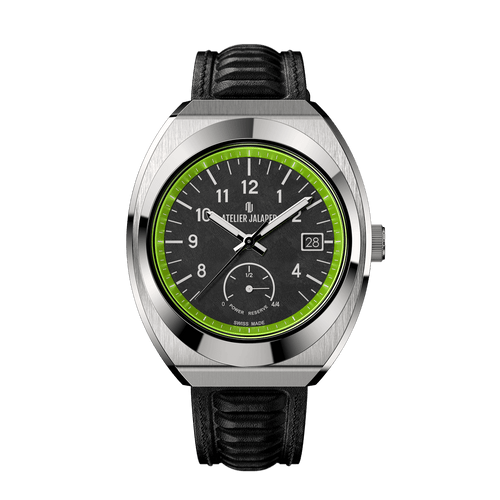
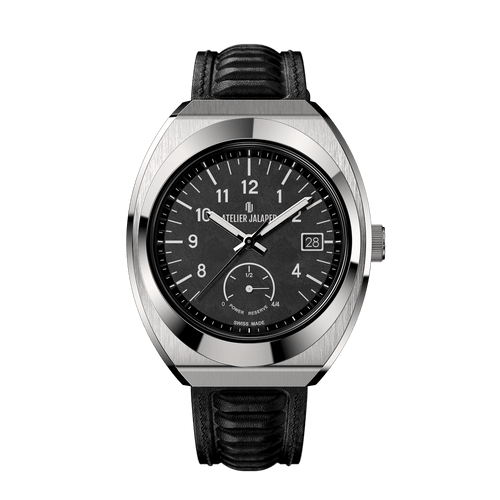

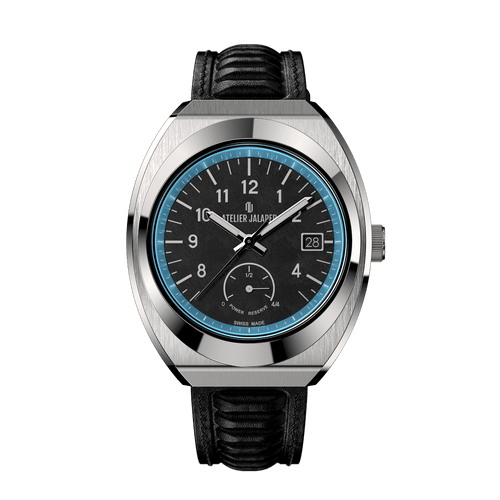
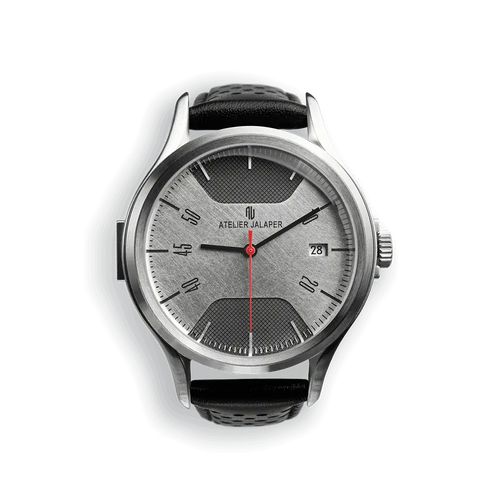
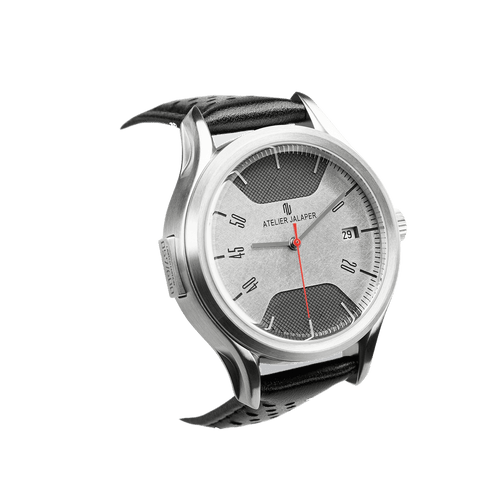
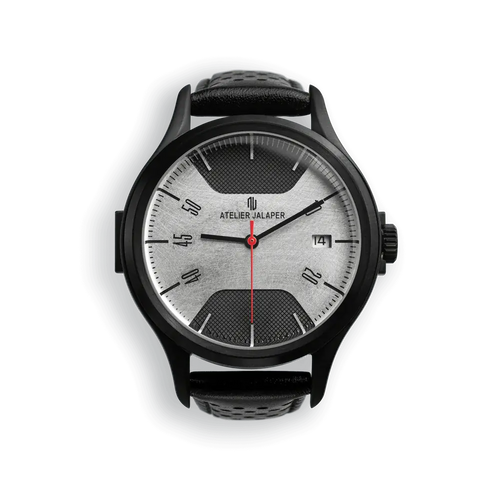
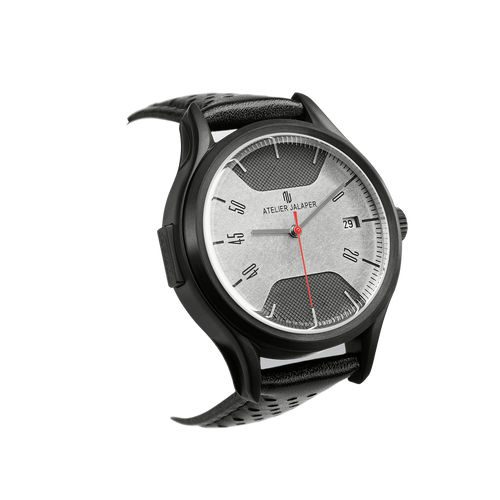
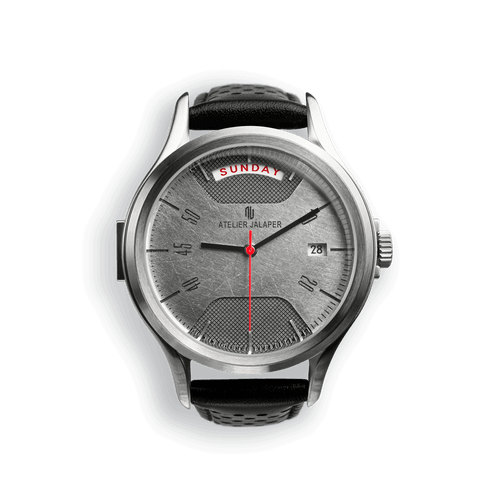
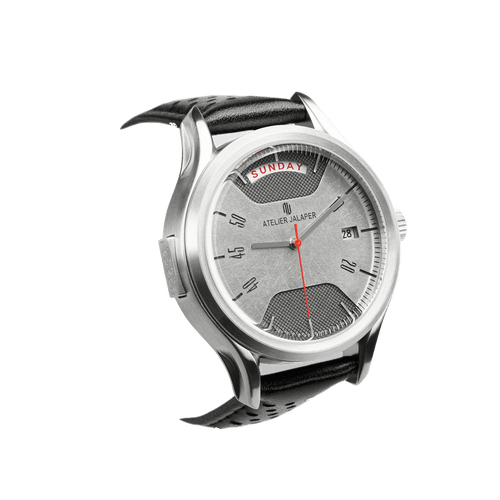

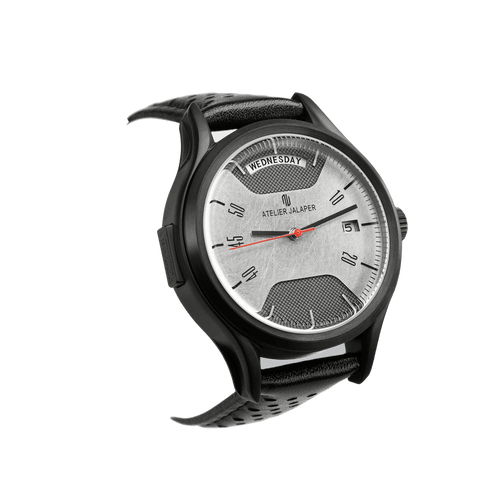


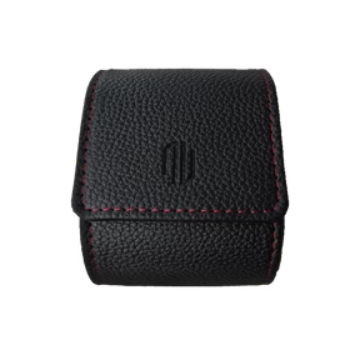

Leave a comment